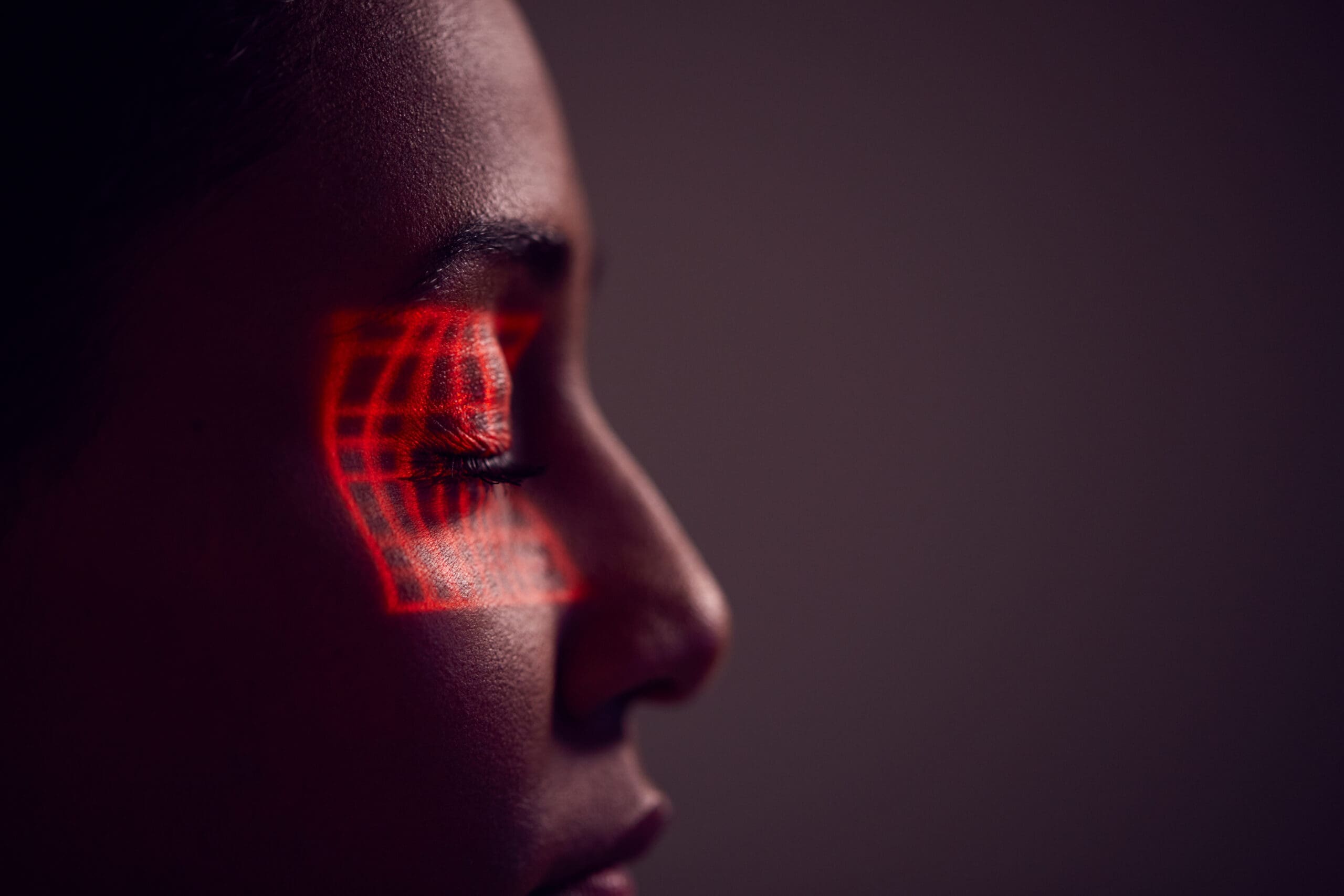

The Extraordinary Eye: A Window to the Soul and a Marvel of Engineering. Have you ever paused to truly contemplate the miracle nestled within your own skull? That glistening orb, no bigger than a golf ball, yet capable of translating photons into the breathtaking tapestry of our world. The human eye, my friends, is not merely an organ of sight; it is a symphony of biological engineering, a testament to millions of years of evolution, and a profound gateway to our understanding, our emotions, and our very existence. In a world saturated with digital marvels, let’s take a moment to marvel at the most sophisticated camera ever created—the extraordinary eye.
Imagine a master architect designing the perfect optical instrument. They’d need lenses, a diaphragm, a light-sensitive film, and a complex processing unit. Nature, in its infinite wisdom, beat us to it, crafting a system so elegant and efficient that it continues to humble even the most brilliant engineers.
At its core, the eye functions much like a camera. Light rays, bouncing off objects in our environment, enter through the cornea, the eye’s transparent, dome-shaped outer layer. Think of the cornea as the eye’s primary, fixed lens, responsible for about two-thirds of its focusing power. It’s a remarkable piece of biological design: tough enough to protect the delicate internal structures, yet perfectly clear to allow unobstructed passage of light.
Beyond the cornea lies the aqueous humor, a clear, watery fluid that fills the space between the cornea and the lens. This fluid not only nourishes these structures but also helps maintain the eye’s internal pressure, ensuring its spherical shape.
Next, light passes through the pupil, the adjustable opening in the center of the iris. The iris, the colored part of your eye, is a remarkable muscle that acts like a camera’s diaphragm. In bright light, it constricts, making the pupil smaller to limit the amount of light entering. In dim conditions, it dilates, expanding the pupil to let in more light. This dynamic adjustment, happening constantly and subconsciously, is a testament to the eye’s incredible adaptability. It ensures that the perfect amount of light reaches the back of the eye, optimizing our vision in vastly different illumination levels.
Immediately behind the iris is the lens, a transparent, biconvex structure that further focuses light onto the retina. Unlike the cornea, the lens is flexible. Tiny muscles attached to it can change its shape, allowing us to rapidly adjust our focus from distant mountains to the words on this screen. This process, called accommodation, is why you can seamlessly shift your gaze and maintain clarity. It’s a marvel of precision, allowing us to appreciate both the grand vista and the intricate detail.
The largest part of the eye is filled with the vitreous humor, a clear, jelly-like substance that helps maintain the eye’s shape and keeps the retina pressed against the back wall. Think of it as the eye’s internal scaffolding, providing structural integrity.
Finally, the light, now perfectly focused, lands on the retina, the true superstar of the eye’s internal workings. This delicate, light-sensitive tissue lining the back of the eye is packed with millions of specialized cells called photoreceptors. There are two main types:
When light strikes these photoreceptors, it triggers a cascade of chemical reactions, converting light energy into electrical signals. These signals are then processed by layers of nerve cells within the retina before being sent to the brain via the optic nerve. The optic nerve, a bundle of over a million nerve fibers, is the eye’s direct line to the brain, transmitting a continuous stream of visual information.
And here’s where the magic truly unfolds: the brain doesn’t just receive these raw signals; it interprets them, reconstructs them, and creates the vibrant, three-dimensional world we perceive. The brain compensates for the blind spot (where the optic nerve leaves the eye, as there are no photoreceptors there), corrects for image inversion (the image on the retina is upside down), and fills in missing information. It’s an active, dynamic process, not just a passive reception of data.

The journey of the eye, from a tiny cluster of cells to its fully functional glory, is nothing short of awe-inspiring. It’s a testament to the intricate dance of genetics and environmental cues that orchestrate life’s unfolding.
The eye’s development begins remarkably early in embryonic life, around the third week of gestation. It starts as a simple outgrowth from the developing brain, a pair of optic vesicles that bulge outwards. These vesicles then fold inwards to form the optic cups, which will eventually give rise to the retina and other internal structures.
Simultaneously, the overlying ectoderm (the outer layer of cells that will form the skin and nervous system) thickens and invaginates to form the lens placode, which detaches to become the crystalline lens. This coordinated development is crucial; if these processes don’t happen in precise synchronicity, vision can be impaired.
As the embryo continues to develop, other structures of the eye meticulously form: the cornea, iris, ciliary body, and the intricate network of blood vessels that supply the eye with nutrients. The optic nerve begins to grow back from the retina towards the brain, establishing that vital connection.
One of the most fascinating aspects of eye development is the role of experience. While the basic blueprint is laid down genetically, the refinement of visual pathways in the brain continues long after birth, particularly during early childhood. This period, often called the “critical period,” is when the brain is most plastic and receptive to visual input. Experiences like seeing different shapes, colors, and patterns help to prune and strengthen neural connections, allowing for the development of sharp and clear vision. This is why early detection and treatment of visual problems in children are so important; intervention during this critical window can significantly impact lifelong visual acuity.
Even the development of color vision is a nuanced process. While cones are present at birth, their full functional maturity and the brain’s ability to interpret a full spectrum of colors develop over the first few months of life. It’s a gentle unfolding, much like a flower slowly revealing its vibrant hues.
The eye’s uniqueness extends far beyond its structural brilliance and developmental marvels. It possesses qualities that elevate it from a mere biological camera to a profound instrument of human experience.
Have you ever noticed how much an “eye-roll” can convey, or the warmth in a “sparkle” in someone’s gaze? The eyes are undeniably the most expressive feature of the human face. They communicate fear, joy, sorrow, anger, love, and understanding, often before a single word is uttered. The intricate network of muscles around the eye, the subtle changes in pupil dilation, and the glistening of tears all contribute to this rich tapestry of non-verbal communication. It’s often said that the eyes are the “windows to the soul,” and there’s profound truth in that. They reveal our deepest emotions, connect us on a fundamental level, and foster empathy and understanding.
Our two eyes, positioned slightly apart on our face, provide us with stereoscopic vision, also known as binocular vision. Each eye captures a slightly different image, and the brain then combines these two images, processing the subtle disparities between them to create a perception of depth and distance. This is why we can accurately judge how far away an object is, navigate complex environments, and even thread a needle. Without this remarkable ability, our world would appear flat and two-dimensional, significantly impacting our ability to interact with our surroundings. It’s a subtle yet profound advantage that vastly enriches our perception of reality.
The ability to perceive a spectrum of colors is a unique and enriching quality of the human eye. While some animals see in shades of grey, and others have a different range of color perception, our trichromatic vision (thanks to our three types of cones sensitive to red, green, and blue light) allows us to experience a vibrant, nuanced world. This ability not only enhances our aesthetic appreciation of nature and art but also plays a crucial role in daily life, from distinguishing ripe fruit to interpreting traffic signals. Imagine a world without the vibrant greens of a forest, the deep blues of the ocean, or the fiery reds of a sunset. Our color vision is a constant source of wonder and information.
The eye’s ability to adapt to vast changes in light intensity is truly extraordinary. From the blinding glare of a sunny beach to the dimness of a moonlit night, our eyes continuously adjust to optimize our vision. This rapid and efficient adaptation involves both the iris (controlling pupil size) and the remarkable chemical processes within the photoreceptors (rods and cones). When you walk into a dark room after being in bright light, your eyes take a moment to “adjust.” This is your rods regenerating their light-sensitive pigments, becoming more sensitive to the low light levels. This dynamic range of operation allows us to navigate a wide array of lighting conditions with remarkable ease.
It’s crucial to remember that seeing is not just about the eyes; it’s about the brain’s interpretation. Optical illusions beautifully demonstrate this. Our brains actively construct our visual reality, filling in gaps, making assumptions, and even creating perceptions that aren’t physically present. This active construction means that our “vision” is not a perfect, objective mirror of the world, but rather a dynamic, personal interpretation. It highlights the intricate interplay between the eye as a sensor and the brain as the ultimate interpreter, creating our unique visual experience.
The extraordinary eye, in its intricate structure, miraculous development, and unique qualities, stands as a testament to the unparalleled genius of nature. It is a biological masterpiece, far surpassing any man-made device in its complexity, adaptability, and sheer beauty.
So, the next time you gaze upon a vibrant sunset, admire the intricate pattern of a leaf, or simply make eye contact with a loved one, take a moment to truly appreciate the incredible gift of sight. Cherish this precious sense, protect it, and never cease to be amazed by the intricate dance of light and perception that unfolds within those extraordinary orbs we call our eyes. For through them, we not only see the world, but we connect with it, understand it, and experience its profound wonder. They are a constant reminder of the magic that resides within us, allowing us to witness the breathtaking beauty of existence, one glorious frame at a time. Be kind to your eyes, for they are the loyal companions on your remarkable journey through life. They are more than just organs; they are your personal portals to the infinite wonders of the universe.